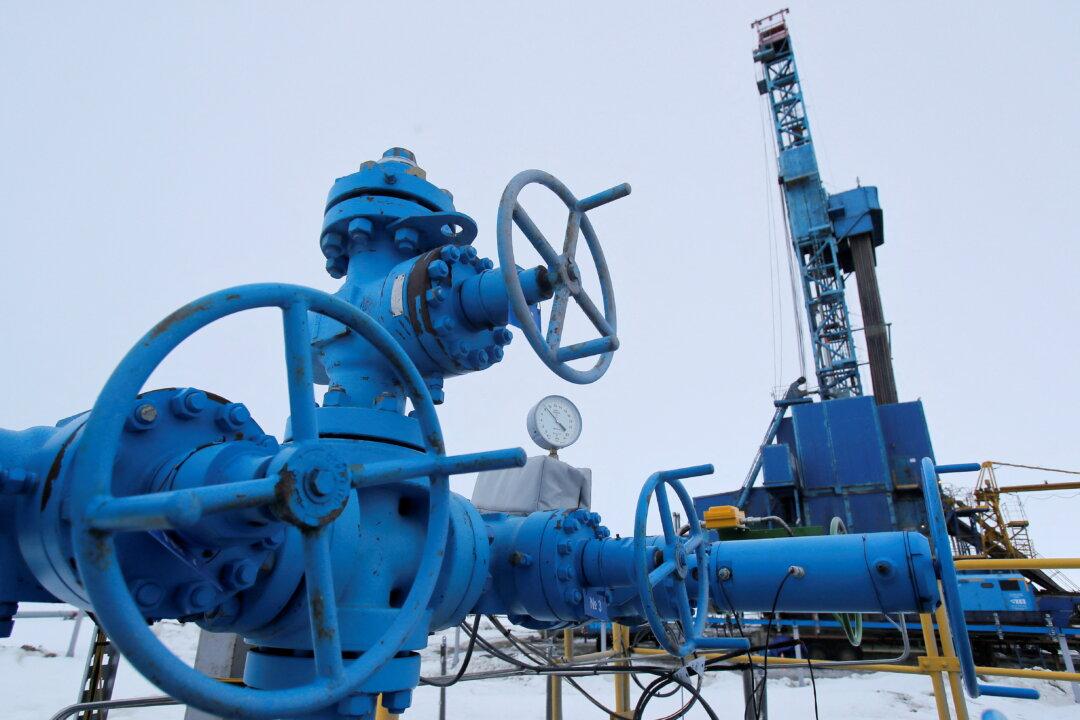Russia’s invasion of Ukraine has drastically impacted the cost of energy throughout the world and exposed the vulnerabilities of European nations that are highly dependent on gas from Moscow, leading to increased concerns about energy supply and security.
Prior to the Kremlin’s war with Ukraine, the European Union imported about 60 percent of the energy it consumed in 2021, with roughly 45 percent, or 155 billion cubic meters, of that coming from Russia.





